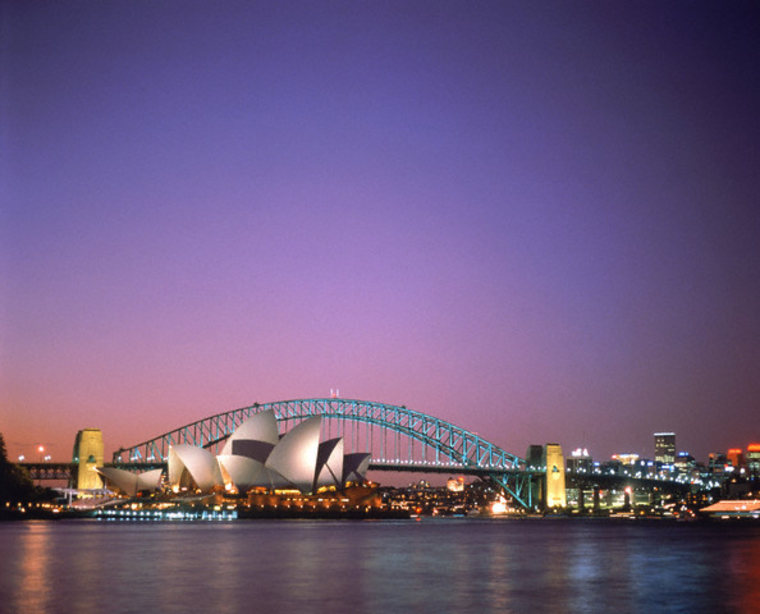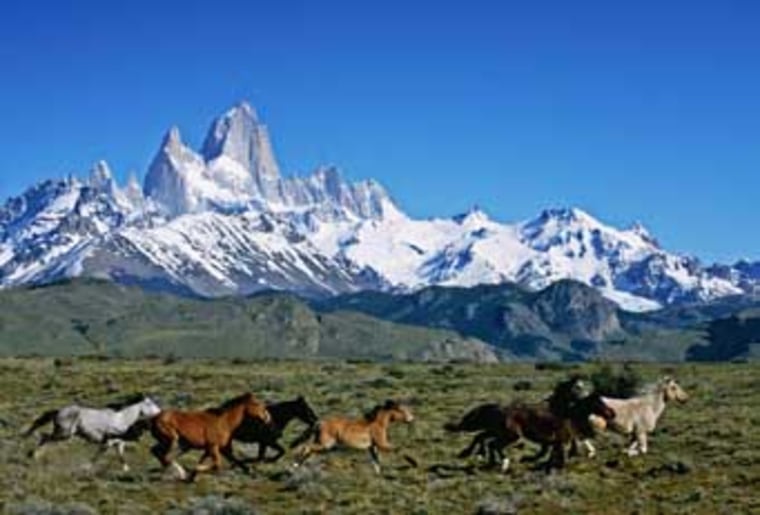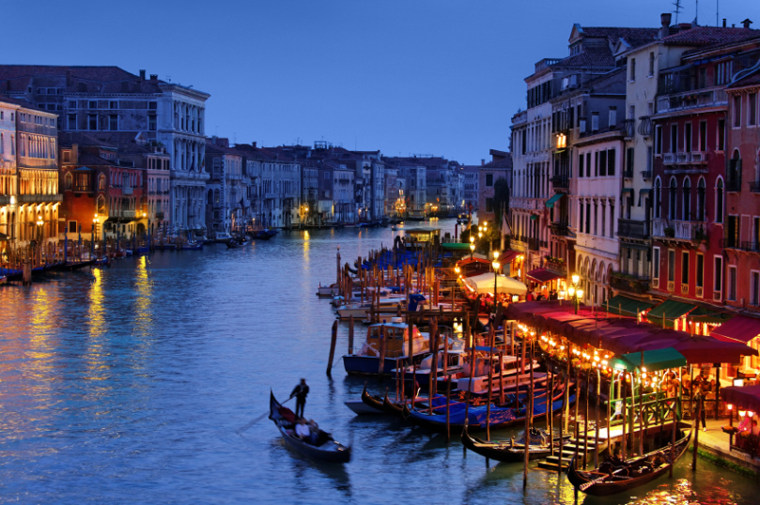The list of America's top international visitors doesn't tend to change too much from year to year: Countries like the U.K., Japan, and Germany, appear regularly in the top 10, and occasionally a smaller nation like Israel or Taiwan will pop into the top 20.
On the surface, the story looks the same in 2009, based on data from the U.S. Commerce Department’s Office of Travel and Tourism Industries (OTTI), whose latest report shows international arrivals to the U.S. through July of this year. There are a few shifts in position since last time we checked (using OTTI's 2006 data): Argentina is on the top 20 list this time around; Sweden has dropped a notch; Venezuela has moved up a position.
The real story, though, is not in the order of the list but in the year-to-year comparisons. Unsurprisingly, inbound tourism to the U.S. in the first half of 2009 has undergone a steep decline. On the plus side, there are glimmers of a rise in tourism as of October 2009.
According to the OTTI, international arrivals to the U.S. through July of 2009 were down 10 percent compared to the same period in 2008. Of top 20 countries on the OTTI's list, 17 showed decreases in visitation to the United States.
On the one hand, the downturn in arrivals to the U.S. is part of a larger trend in global tourism. "When economic problems occur globally, regionally, or for specific countries, it has an impact on travel to the U.S.A.," says the OTTI's Ron Erdmann, who adds that other factors come into play as well: "There are things like CPI, exchange rates, changes in income, costs, and much more that goes into determining whether or not a person takes an international trip. Add to that HIN1, media coverage, airline capacity, competition from other countries, including some domestic travel as an alternative to international travel ... all [of these factors] impact travel."
The WTO estimates that international tourist arrivals worldwide were down 7 percent in January through July 2009, compared to the same period last year.
But the economic climate is only part of the story, says Geoff Freeman, Senior Vice President with the U.S. Travel Association (USTA). Overseas (i.e., non-North American) arrivals to the U.S. have deteriorated since 9/11, even in economic boom times, he says. The USTA estimates 633,000 fewer overseas visitors in the U.S. in 2008 than in 2000.
"A perception remains around the world that the U.S. is not as welcoming to foreign travelers as it used to be," Freeman says.

"There's no doubt that president Obama has painted a different picture of America around the world," Freeman adds. "We can't say, however, that that is translating into more travelers, or that it's toning down the coverage of foreign press as they write about our policies — and we can't say travelers are reporting any significant change in their opinion of America's openness."
To remedy that perception, the USTA is backing the Travel Promotion Act, which would institute a $10 fee paid by overseas visitors to the U.S. and matching funds from the U.S. private travel sector. The fund would be used to market the U.S. overseas as a travel destination. The bill is currently under consideration by Congress.

The OTTI's Erdmann also sees a scarcity of overseas promotion for the U.S. The Commerce Department, he says, "has not been given any money to promote travel to the U.S.A. since 2007. In 2004 to 2007, extra money from Congress allowed the U.S.A. to promote during these years, but the money was limited — $4 to $9 million does not buy much internationally. The promotion of the international market has again be left to the private sector, but given the slowing of the U.S.A. economy, many businesses and the state and city tourism offices have also scaled back their promotion efforts as well."
On the economic side, the global tourism picture may be staring to brighten. According to the WTO, " There are signs that confidence is returning" in global tourism, "and that demand is improving for both business and leisure travel."
Though it seems the North American vistorships from Canada and Mexico have declined, there are three countries that have bucked the overall trend to post increases in U.S. arrivals. Even during their own economic downturn, Japan's travelers still vacation in the U.S. in huge numbers, but you may be surprised to see what the No. 2 Asian country is on the list of who visits America the most.
